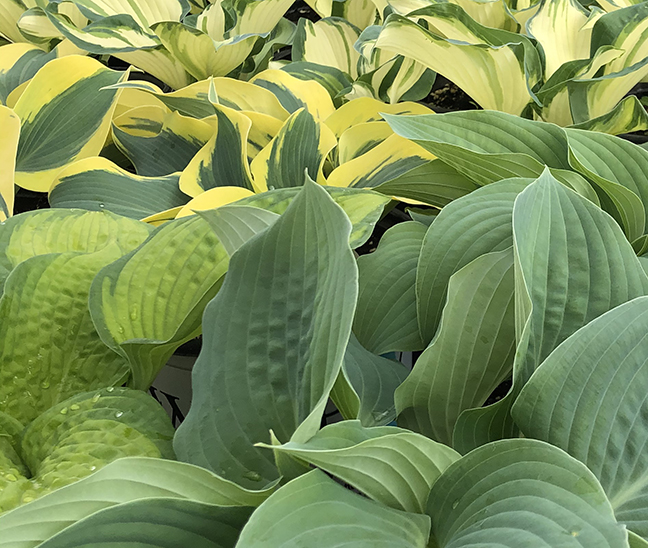Garden Envy
Last year I was able to start planting cold-tolerant seedlings on May 15 into my garden. I used frost cloth to cover them at night, and even still they were slow to grow until after June 1, when the nighttime temperatures were more consistently above freezing. Warm nighttime temperatures help plants grow and seeds germinate. Since we have such dramatic temperature shifts, it’s more important to pay attention to the nighttime temperatures than the daytime ones when deciding when to plant.
It’s easy to get garden envy when you see your friends in other places starting their gardens right now. If you’re feeling antsy, you can pass the time by doing things like:
- Prepare and create garden beds
- Look into what cold-tolerant plants you can start with
- Build a greenhouse
- Fix fences
Terms to know
Keep track of the weather
You can use frost cloth to get your plants outside a little sooner, but keep in mind that frost cloth only raises the temperature 2° to 5° F. Frost cloth is great because it can be placed directly over the plants, and you don’t have to worry too much. Light-weight frost cloth, known as row cover, is also useful for things like keeping away garden pests like grasshoppers. Unheated greenhouses get cold too. Put a thermometer inside to keep track of how cold or how hot it’s actually getting in there, so you can decide whether or not you can get planting.
My garden
I have slope to the land I’m working with, so I created rock borders and terraced beds in my garden. Both techniques help retain heat in the soil. Rocks absorb heat during the day and slowly radiate it off at night to help counter the dramatic temperature drop we get right around dawn. Terraced or raised beds allow the sun to hit the soil beneath the plants and raise the soil temperature. People with enclosed gardens, especially within adobe walls, and who use a lot of gravel pathways around plants are also creating a unique microclimate that can help with those dramatic temperature fluctuations we experience here. I use sticks to build terraces and borders. Sticks can help introduce the natural mycelium of the area to your garden. They will also break down over time, releasing nutrients.
Terms to know
terraced garden beds are raised to a higher level than their surroundings, creating a layered effect, among other things.
mycelium refers to beneficial fungal material found in healthy soil that provides structure, protects against erosion, and helps remove pollutants.
What I'm growing
The earliest of plants are starting to come up. I’m seeing crocus, perennial onions, parsley, chives, and last year’s violas.
I have a very large south-facing window, which is a great place for starting seedlings. I’ll probably start the things I grow at home around April 1. Seedling mix is a great medium for starting seeds, but know you also have to transplant them into a more nourishing soil soon after they get their first true leaves. Seeds have all the food they need to germinate, so no additional fertilizer is required when starting seeds. In fact, it can actually harm them. Once a seedling has put out true leaves, that’s when it will want additional nutrients. Seedling mix can give you better germination rates, especially with some of the more fussy seeds. However, in my experience, you’re not really going to go wrong if you use regular potting soil to start your seeds.
Plastic domes over your seedlings can help with germination by raising the temperature and humidity. I try to take the domes off during the day, so they don’t get too hot, and so that they get airflow to keep things from staying too damp. Once you see sprouts, remove the cover immediately to avoid damping off, or seedling wilt. There really isn't anything you can do to stop this condition once it has started, so it's best to toss the unhealthy plants and try again. In general, plants love heat and moisture, but so do funguses. When you start experiencing more problems than benefits, you know it's too much.
Terms to know
seedling mix is usually a peat-based planting medium that doesn't contain fertilizers. Its fine texture makes it easier for new seedling roots to grow.
true leaves are leaves that appear after the first set of "seed leaves." The first sets of true leaves resemble those of the mature plant, in miniature.
damping off, aka seedling wilt is when seedlings suddenly turn brown and mushy and die. It's caused by funguses moving in when the moisture is too high.
More Resources
- Start planning your vegetable garden with our guide to starting vegetables from seed.
- Find out how much soil and amendments you'll need using our Soil Calculators.





